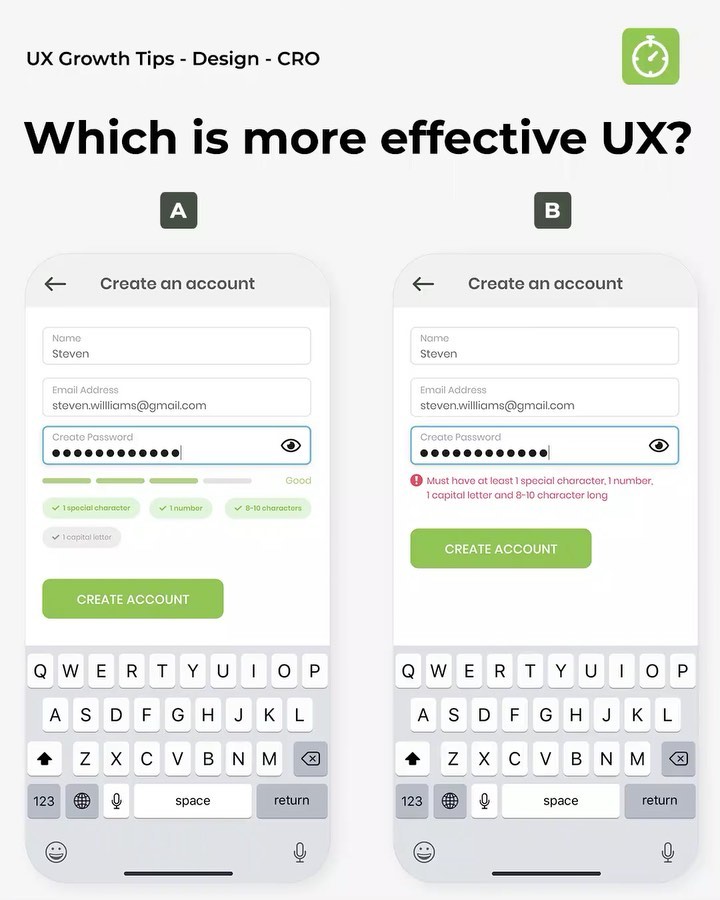Metrics to Consider Before Your Next UX Project: A Guide to Success
Understanding the significance of UX metrics is crucial for project success. These metrics provide valuable insights into user behavior and satisfaction, allowing for informed design decisions. By analyzing key metrics such as conversions, visitor demographics, and retention rates, teams can optimize the user experience effectively. Implementing and interpreting these metrics using reliable tools is essential for continuous UX improvement and alignment with user needs and industry trends.
Understanding the Importance of UX Metrics
Metrics play a pivotal role in the world of UX design, providing invaluable insights into user behavior and interaction patterns. By accurately measuring and analyzing data, designers can make informed decisions that enhance the overall user experience.
The Role of Metrics in UX Design
In UX design, metrics serve as the foundation for evaluating the effectiveness of a product or platform. They help designers understand how users engage with the interface, identify pain points, and prioritize areas for improvement. By quantifying user interactions, metrics enable data-driven design decisions that align with user needs and business goals.
Benefits of Utilizing UX Metrics
Utilizing UX metrics offers a range of benefits for design teams and stakeholders. By tracking key performance indicators, designers can measure the impact of design changes, validate design hypotheses, and optimize the user experience for better outcomes. Metrics provide a common language for discussing design decisions, facilitating collaboration and alignment across multidisciplinary teams.
Key Metrics to Consider Before Your Next UX Project
Understanding the critical metrics in UX design is essential for project success. By defining key metrics and setting conversion goals, you can gauge the effectiveness of your site or application. Here are the key metrics to consider:
Conversion Metrics
Conversion metrics help track and optimize user actions on your platform. By defining clear conversion goals, you align design decisions with user behavior and objectives.
Defining Conversion Goals
Set specific goals for user actions, such as completing a purchase, signing up for a service, or submitting a form. By defining these goals, you can measure success and tailor the user experience accordingly.
Visitor Metrics
Visitor metrics provide insights into user demographics and behavior, helping you understand your audience better and tailor the user experience to their preferences.
Visitor Demographics Analysis
Analyze visitor demographics such as age, location, and device usage to create personalized experiences that resonate with your target audience.
Retention Metrics
Retention metrics focus on strategies to keep users engaged and coming back to your platform, maximizing user satisfaction and long-term success.
Strategies for User Retention
Implement strategies like personalized content, loyalty programs, and targeted communications to keep users engaged and returning to your site or app.
Task Efficiency Metrics
Task efficiency metrics help ensure that users can complete actions quickly and easily, enhancing the overall user experience and satisfaction.
Enhancing Task Completion
By streamlining workflows, reducing steps, and providing clear instructions, you can improve task completion rates and user satisfaction.
User Engagement Metrics
User engagement metrics focus on preventing user abandonment and keeping users actively interacting with your platform.
Preventing User Abandonment
Implement features like progress bars, tooltips, and notifications to guide users through tasks and prevent abandonment, enhancing the overall user experience.
Implementing and Analyzing UX Metrics
When it comes to implementing and analyzing UX metrics, it is crucial to have the right tools in place to track and measure user experience effectively. By utilizing analytics solutions, teams can gather valuable data insights that inform decision-making processes.
Tools for Tracking UX Metrics
Implementing analytics solutions is essential for monitoring website or application performance. These tools allow for the collection of user data, behavior patterns, and interaction metrics that are vital for understanding user engagement and satisfaction.
Implementing Analytics Solutions
By implementing analytics solutions such as Google Analytics or Hotjar, teams can track user activities, navigation paths, and conversion rates. These tools provide valuable data on website traffic, user demographics, and user preferences, helping to identify areas for improvement.
Interpreting Data and Making Adjustments
Once the data is collected, it is essential to interpret it correctly to make informed adjustments to the user experience. Using insights gained from analytics, teams can optimize UI elements, navigation flow, and content delivery to enhance user satisfaction.
Using Insights for UX Optimization
Analyzing user behavior and feedback allows for continuous improvement in UX design. By understanding user preferences and pain points, teams can make data-driven decisions to create a more intuitive and user-friendly experience.
Continuous Evolution in UX Design
Adapting to user needs and industry trends is key to maintaining a competitive edge in UX design. Embracing a mindset of continuous evolution enables teams to stay ahead of the curve and deliver a cutting-edge user experience that resonates with target audiences.
Adapting to User Needs and Trends
Staying attuned to evolving user needs and preferences is essential for the success of any UX project. By monitoring industry trends and user feedback, teams can proactively adjust design strategies to meet changing user expectations and deliver a superior user experience.



